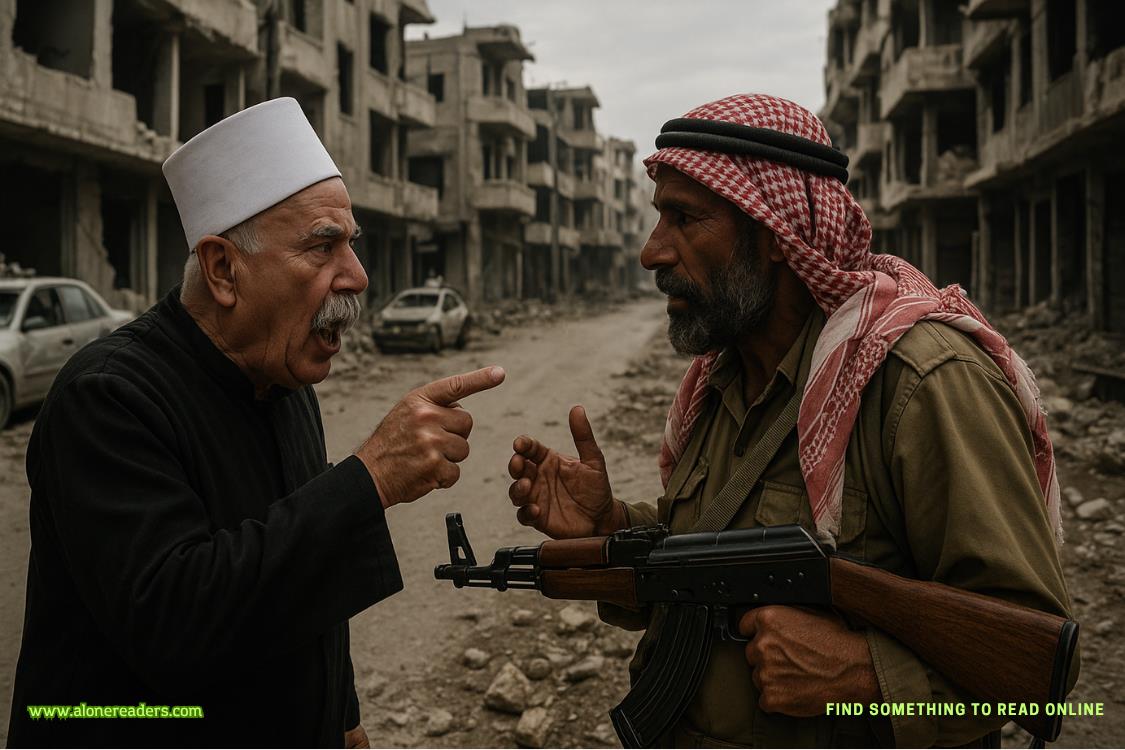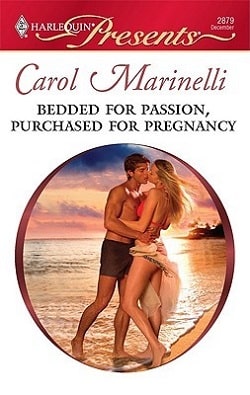Page 66 of Death at a Highland Wedding
I straighten. “Right. We’ll need to unwrap Ezra and examine…” I trail off as Gray pulls a piece of paper from his pocket.
As he unfolds it, my eyes narrow. “What is that?”
“A saved step,” he says as he opens the paper to show a wound pattern. “Do not give me that look. Am I to be penalized for thinking ahead?”
“No, you’re to be penalized for not giving me that before I started rounding up bottles and lanterns.”
“But you were having so much fun. It didn’t seem right to interrupt.”
I make a rude gesture, and he only laughs and hands me the paper.
“Even if this matches,” he says, “we would have wanted to test for the rest. And if it did not match, we would still have tested to be sure.”
I snatch the paper with a sniff, and the damn man has the audacity to laugh again.
I smooth out the paper and bring the lamp back over to improve the lighting at the table. Gray waits patiently as I study the page. There are two things on it: a sketch of the wound pattern and an actual print he must have taken before the body was moved and the head wound cleaned.
It’s a distinctive pattern, at least in the sense that it’s not just a divot in Sinclair’s scalp. There’s the main indent, but also a spot on it where the weapon struck deeper and another partial deep crater on the edge of the main one.
Both shillelagh heads are roughly the same size. I’ll measure them, of course, but weapon-matching is not the exact science I used to see on TV. Even Gray knows that.
Okay, I should say Grayespeciallyknows that, since it’s one of his main areas of research. He realized years ago that it might be possible to match wounds to weapons, and he’s published several papers on it. What he’s learned, though, is that there’s wiggle room, mostly because, well, flesh wiggles. He can tell whether a stab was made by a kitchen knife or a switchblade. But if he has potential weapons with similar blades of slightly different sizes, he can rarely choose one with enough certainty to risk a suspect’s life on it.
Likewise with blunt force trauma, it’s not as if the scalp and skull took a perfect impression of the weapon. The amount of force used plays a role, as does speed, tissue elasticity, length of contact… These are all things I vaguely knew as a detective, but I’ve now actually helped Gray prove them.
Science isn’t magic, and I appreciate that Gray recognizes the fallibility of his work. Putting too much faith in forensics—especially earlyforensics—sent many people to the gallows. Hell, it continues to send people to death row, when juries raised onCSIget overly excited about scientific “proof.”
Even after measuring, we can only say that both shillelaghs are possible murder weapons, based on the width of their club-like ends. Then we try matching up the knobs, but that’s trickier than you’d think. We end up with two possible points of impact on each shillelagh.
“I believe we require a demonstration,” Gray says.
“Uh…”
“Stand right there, face the window, and let me club you in the back of the head. Then we can see which knobs line up correctly.” He catches my look and raises his brows, eyes twinkling. “For science?”
“You believe that’s a valid science experiment?”
His lips twitch. “I do. The question is whether you are committed enough to try it.”
“No, it’s whetheryou’recommitted enough. Because I’m nowhere near Ezra’s height.” I lift a shillelagh with my bare hand. “Turn around, Doctor.”
He smiles and shakes his head. “I was joking, of course.”
“He says now,” I mutter. “You do realize the implications of a man threatening to hit a woman in his employ.”
That smile evaporates. “I did not intend—”
“I’m kidding, but you deserved that. Okay, I get what you’re saying, though. We need to test out the clubs to see which knobs would match up with a blow and whether they fit the impression. You’ll need to stand in the line of fire, since you’re tall enough to see the knobs when I swing the club.”
He stands with his back to me. I arrange my gloved hands on the club until I find a position that would work. I swing and stop a little lower than his head, Sinclair being a couple of inches shorter.
“Okay, turn,” I say.
He does and compares the knobs to the marks on the paper. He shakes his head, and we do it again with another position. Again, it’s not a match.
“Those are the only two ways to swing it with the right weight,” I say. “The bulb is slightly off to the side, so you need to hold it just right. Let’s try the other one.”
The other shillelagh has a more centered knob, but the stick is slightlybent, meaning there are only a few ways to comfortably swing it. I get a good and natural grip and feign clubbing my boss.















